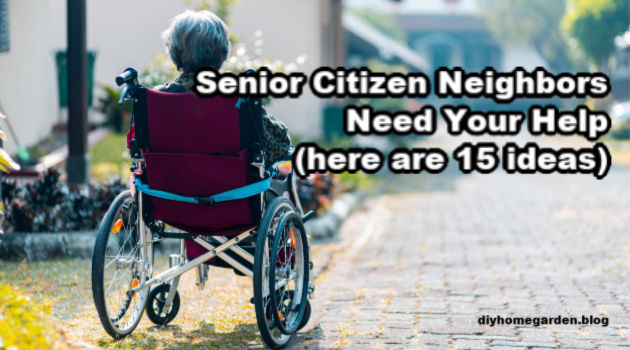Aging-in-place is becoming a common goal for many retirees.
But what does that mean, exactly? So, aging in place means living independently and comfortably in one’s own home as one gets older.
There are many reasons why people might choose to age in place. For some, it’s a matter of finances. Staying at home is simply more affordable than moving to a retirement community or assisted living facility.
For others, it’s a question of independence and autonomy. They want to be able to stay in control of their own lives and don’t want to give up their freedom. And for many, it’s simply a matter of preference. Of course, they feel more comfortable in their own homes. So they would rather age in place than move somewhere else.
If you or someone in your family plans to age in place, you will consider making some essential home upgrades. The following four upgrades are must-haves for any home that wants to accommodate an aging population.
Table of contents
1 – A no-step entry assists older adults aging-in-place
Accessibility should be one of your primary concerns, and having a no-step entry is one of the essential things you’ll need. Tripping is one of the most common reasons for injuries among the older population, and having steps, especially near the entrance of your home, can lead to trips.
A no-step entry is simply a level entry into the home without any steps to trip over. You can create this feature by building a ramp, installing a lift, or simply flattening the entranceway so that no steps impede doorways.
A ramp has the most benefits since it doesn’t require any special equipment or costly installation, but it may not be possible in all homes. Flattening the entranceway is the next best thing and can often be done quickly and inexpensively.
2 – Alternative to stairs
If your home has a second floor and long stairs like almost every American home, you’ll need to find an alternative to those stairs. Often, residential elevators are the best solution since it provides convenient and effortless access to all levels of your home. An elevator is also a good option if you have difficulty using stairs or are worried about falling.
Home elevators come in a wide range of sizes and styles to suit any budget and home, so do your research to find the best option. Another alternative is to install a stairlift, a chair that attaches to your stairs and helps you move up and down them with ease.
3 – An accessible bathroom is a must for aging-in-place
The bathroom is one of the essential rooms in the house when it comes to aging in place, and there are a few necessary upgrades you’ll need to make sure it’s accessible.
First, you’ll need to install grab bars. Grab bars provide support and stability and can be installed in several locations, such as near the toilet, in the shower, or next to the sink. It can also prevent slips from happening to mobility-challenged individuals.
You’ll also need to raise the height of your toilet seat. A standard toilet seat is about 15 inches from the floor. However, many people have difficulty sitting down and getting up from that height. Raising the toilet seat to 17 or 18 inches can make a big difference.
Last, you’ll need to install a walk-in shower. A walk-in shower is simply a shower with no rim or steps to get in. This flat surface it much easier and safer, especially for people with mobility issues.
4 – A functional kitchen
The kitchen is another important room to focus on when upgrading your home for aging-in-place. One of the most important things you can do is lower the height of your counters.
Most countertops are 36 inches from the floor, but that can be difficult for many people to use, especially if they have mobility issues. Lowering the counters to 32 or 33 inches can make a big difference.
You should also consider installing pull-out shelves in your cabinets. This will make it much easier to reach items stored in the back of the cabinets. Thus, you prevent an older adult from getting down on their hands and knees to retrieve them.
Last, you’ll need to make sure your appliances are accessible. This means installing things like a stove with front-mounted controls and a side-opening oven door.
The Takeaway: Aging-in-Place Is a Fantastic Option But Requires Careful Planning
Upgrading your home for aging in place doesn’t have to be expensive or complicated. By making a few simple upgrades, you can make your home much more accessible and safe for those who are aging-in-place.


